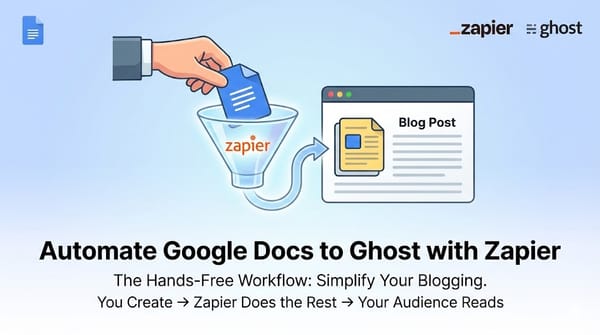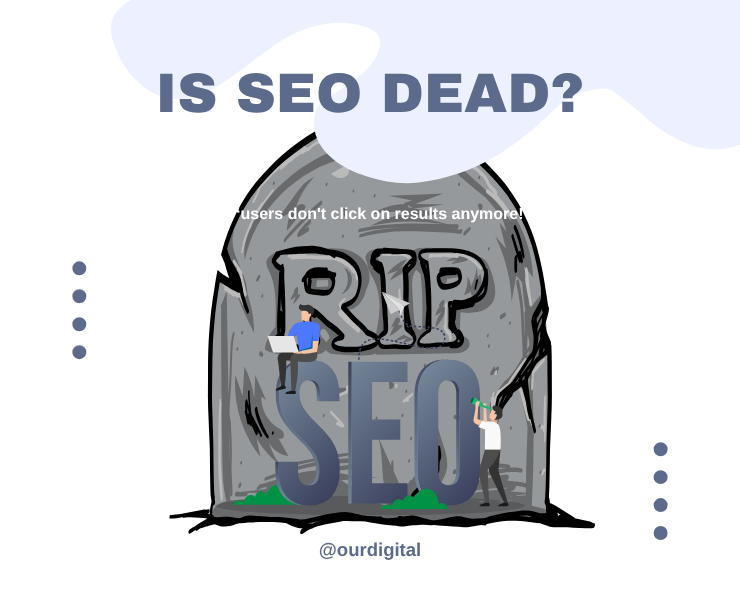Understanding MCP (Model Context Protocol): A Gateway to Agentic AI
Discover the Model Context Protocol (MCP), the open standard that powers next-gen AI agents. Learn how it enables secure, scalable interaction between AI and tools, APIs, and real-time data.

By OurDigital | journal.ourdigital.org
A New Infrastructure for the AI Age
Imagine plugging your AI agent into the world the way USB-C connects your laptop to everything else. That’s the metaphor behind the Model Context Protocol (MCP), an open standard introduced by Anthropic in late 2024. Often called "USB-C for AI," MCP standardises how AI models — especially large language models (LLMs) — interact with external data sources, APIs, and tools.
Rather than hard-coding every integration, MCP introduces a plug-and-play model for AI interactions. It allows developers and organisations to build AI agents that are modular, scalable, and interoperable — while maintaining clear security boundaries and access control.
What Is MCP? Core Concepts and Architecture
MCP defines a three-part structure:
- Host – The application that houses and manages AI agents (e.g., Claude Desktop)
- Client – The AI agent or interface that makes requests and handles context
- Server – A standardised wrapper for tools, APIs, databases, or utilities that the AI interacts with
The goal is to allow AI to act in a structured, secure, and trackable way across a wide range of environments.
Read the official MCP specification for a technical deep dive.
Primitives: Tools, Resources, and Prompts
MCP interactions rely on three primitives:
- Tools: Functions or services the AI can call. Example: “Send an email,” “Query a database,” or “Call an API.”
- Resources: Read-only or persistent data that provides context. This can include documents, logs, code repositories, or structured datasets.
- Prompts: Structured templates that guide AI interactions with consistency. These can enforce brand voice, safety protocols, or specific logic flows.
Together, these primitives enable both reusability and customisability in AI behaviour. Learn more from PromptLayer’s overview.
How MCP Differs from Other Architectures
Compared to Retrieval-Augmented Generation (RAG)
RAG enhances LLM outputs by retrieving relevant documents at runtime. However, RAG is limited to text-based augmentation — it doesn’t enable action.
MCP goes further. While RAG adds knowledge, MCP enables behaviour.
See Google Cloud on RAG and this detailed RAG vs MCP comparison.
Compared to Agent-to-Agent Protocol (A2A)
MCP handles vertical integration (AI ↔ tools/data), whereas A2A focuses on horizontal integration (AI ↔ AI). You can use both protocols together: MCP for tool access, A2A for collaboration.
More on Google’s A2A protocol.
Real-World Adoption
Who’s Using MCP?
- OpenAI has integrated MCP into its Agents SDK and desktop apps.
- Microsoft uses MCP in Copilot Studio and GitHub Copilot.
- Google supports MCP in its Agent Developer Kit.
- Zapier has published an MCP server that connects 7,000+ apps with a single endpoint.
Developer Ecosystem
Official and community-built SDKs are available for:
You can also explore the Awesome MCP Servers GitHub repository for curated server examples.
How to Get Started
1. Local Prototyping with npx
Run a memory or file server instantly with:
npx -y @modelcontextprotocol/server-memory
See full guides from GenAIScript and OpenCV.
2. Docker for Production
Use Docker for more complex or secure deployments. Reference guide: Docker Blog: Build to Production with MCP.
3. Connect with Zapier, n8n, or MindPal
If you're using automation tools:
- Zapier MCP: Connect to 30,000+ actions
- n8n guide: Use MCP server and client nodes
- MindPal integration: Build low-code AI agents with calendar integration
4. Secure Your Setup
Follow best practices for security:
What’s Next?
MCP is shaping up to be the backbone of agentic AI — systems that not only respond but act. As open standards converge, AI tools will be:
- Composable: Build new AI abilities like stacking LEGO blocks
- Contextual: Draw from shared resources in real-time
- Trustworthy: Operate within clear constraints and consent models
Explore the full MCP spec and Docker’s MCP Gateway guide to go deeper.



